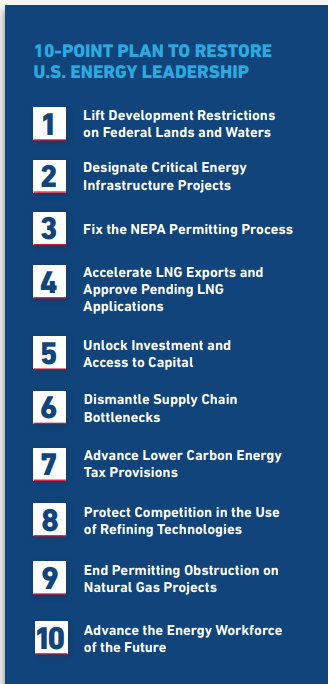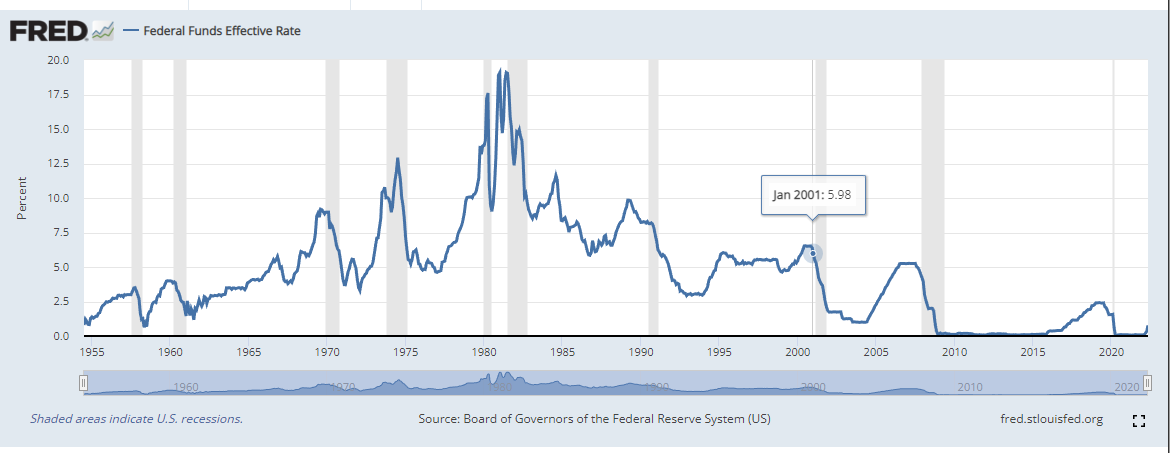It’s Been A Wild 24 Hours For Energy And Equity Markets Around The World

It’s been a wild 24 hours for energy and equity markets around the world with central bank action creating ripple effects far and wide, while the war in Ukraine takes a back seat in the headlines, but continues to roil the global supply chain. Gasoline futures hit $3.81 overnight, marking a 50 cent drop from Friday’s high trade, but have since bounced by more than 7 cents off of that support and managed to keep its bullish chart pattern intact for now. Diesel prices meanwhile surged 15 cents during Wednesday’s session, but are giving back most of those gains this morning, seemingly following the lead of the stock market short term.
The FED raised its federal funds target rate by 75 points Wednesday, the first time in 28 years they’ve made an increase of that size. The FED Chair also made it clear that another move of that size in the near future may be necessary to tame inflation that admittedly was worse than the central bank thought possible not long ago. Fed fund futures now show an 80% probability that we’ll see at least 125 points or more of increases in the next 6 months, and several other central banks are following the FED’s lead on raising rates, with the Swiss notably surprising many today with their first increase in 15 years.
After some wild back and forth Wednesday saw stocks finish on a strong note, most equity indices have given back those gains and more overnight, and are threatening a technical breakdown that could lead to much lower prices and many more news photos of the head in hand trader.
The White House sent letters to US refiners, placing blame on them for high gasoline prices and asking them to add back the capacity that was taken offline since the pandemic, which the letter notes several times happened prior to this administration taking control.
The industry responded quickly with numerous letters detailing the hundreds of millions spent in recent years just to maintain the lower capacity levels we see today, and laying out their own plans for the government to help debottleneck parts of the supply chain.
Yesterday’s DOE report showed that US Refiners continue to run at their highest utilization rates of the past 5 years, and several continue to struggle with operational upsets before or after required maintenance, leaving essentially no room to increase further.
So can any of the refineries shut over the past 2 years come back from the dead? Theoretically some can, and the current margin environment is giving the potential for some to consider it, but the complexity of restarting a facility after a long-term shutdown, and the long-term prospects for a world that just a few months ago wanted no more fossil fuels to be processed makes these options a big of a long shot . Certainly not impossible for some, but even if they said yes today, it would be months before any could be making fuel again. See the table below for those that in theory could try to restart.
Latest Posts
Energy Markets Rally Again Thursday After A Choppy Wednesday Session
Week 16 - US DOE Inventory Recap
Energy Markets Trading Quietly In The Red As Ethanol Prices Rally To Five-Month High
The Struggle For Renewable Producers Continues As A Rapid Influx Of Supply And Crashing Credit Prices Make Biodiesel
Social Media
News & Views
View All
Energy Markets Rally Again Thursday After A Choppy Wednesday Session
Energy markets are trying to rally again Thursday after a choppy Wednesday session. RBOB gasoline futures are leading the push higher, on pace for a 3rd consecutive day of gains after finding a temporary floor Tuesday and have added 12 cents from those lows.
Equity markets are pointing sharply lower after a weak Q1 GDP estimate which seems to have contributed to a pullback in product prices over the past few minutes, but don’t be surprised if the “bad news is good news” low interest rate junkies start jumping in later on.
The DOE’s weekly report showed sluggish demand for gasoline and diesel, but inventory levels in most markets continue to follow their typical seasonal trends. Refinery runs held fairly steady last week with crude inputs down slightly but total gross throughputs up slightly as most facilities are now back online from a busy spring maintenance season and geared up for peak demand this summer.
Propane and propylene exports spiked to a record high north of 2.3 million barrels/day last week, which demonstrates both the US’s growing influence on global product markets, and the steady shift towards “other” products besides traditional gasoline and diesel in the level of importance for refiners.
The EIA acknowledged this morning that its weak diesel consumption estimates reflected the switch to Renewable Diesel on the West Coast, although they did not provide any timeline for when that data will be included in the weekly survey. The agency acknowledged that more than 4% of the total US consumption is now a combination of RD and Biodiesel, and that number is expected to continue to grow this year. This morning’s note also suggested that weak manufacturing activity was to blame for the sluggish diesel demand across the US, while other reports suggest the freight recession continued through Q1 of this year, which is also contributing to the big shift from tight diesel markets to oversupplied in several regions.
Valero kicked off the Q1 earnings releases for refiners with solid net income of $1.2 billion that’s a far cry from the spectacular earnings north of $3 billion in the first quarter of 2023. The refining sector made $1.7 billion, down from $4.1 billion last year. That is a pattern that should be expected from other refiners as well as the industry returns to a more normal market after 2 unbelievable years. You wouldn’t guess it by looking at stock prices for refiners though, as they continue to trade near record highs despite the more modest earnings.
Another pattern we’re likely to see continue with other refiners is that Renewable earnings were down, despite a big increase in production as lower subsidies like RINs and LCFS credit values sting producers that rely on those to compete with traditional products. Valero’s SAF conversion project at its Diamond Green joint venture is progressing ahead of schedule and will give the company optionality to flip between RD and SAF depending on how the economics of those two products shakes out this year. Valero also shows part of why refiners continue to disappear in California, with operating expenses for its West Coast segment nearly 2X that of the other regions it operates in.

Week 16 - US DOE Inventory Recap

Energy Markets Trading Quietly In The Red As Ethanol Prices Rally To Five-Month High
Energy markets are trading quietly in the red to start Wednesday’s session after a healthy bounce Tuesday afternoon suggested the Israel-Iran-linked liquidation had finally run its course.
There are reports of more Ukrainian strikes on Russian energy assets overnight, but the sources are sketchy so far, and the market doesn’t seem to be reacting as if this is legitimate news.
Ethanol prices have rallied to a 5-month high this week as corn and other grain prices have rallied after the latest crop progress update highlighted risks to farmers this year, lower grain export expectations from Ukraine, and the approval of E15 blends this summer despite the fact it pollutes more. The rally in grain and renewables prices has also helped RIN values find a bid after it looked like they were about to test their 4-year lows last week.
The API reported small changes in refined product inventories last week, with gasoline stocks down about 600,000, while distillates were up 724,000. Crude oil inventories increased by 3.2 million barrels according to the industry-group estimates. The DOE’s weekly report is due out at its normal time this morning.
Total reported another upset at its Port Arthur refinery that’s been a frequent flier on the TCEQ alerts since the January deep freeze knocked it offline and damaged multiple operating units. This latest upset seems minor as the un-named unit impacted was returned to normal operations in under an hour. Gulf Coast basis markets have shrugged off most reports of refinery upsets this year as the region remains well supplied, and it’s unlikely we’ll see any impact from this news.
California conversely reacted in a big way to reports of an upset at Chevron’s El Segundo refinery outside of LA, with CARBOB basis values jumping by more than a dime. Energy News Today continued to show its value by reporting the upset before the flaring notice was even reported to area regulators, proving once again it’s ahead of the curve on refinery-related events. Another industry news outlet meanwhile struggled just to remember where the country’s largest diesel seller is located.
Click here to download a PDF of today's TACenergy Market Talk





